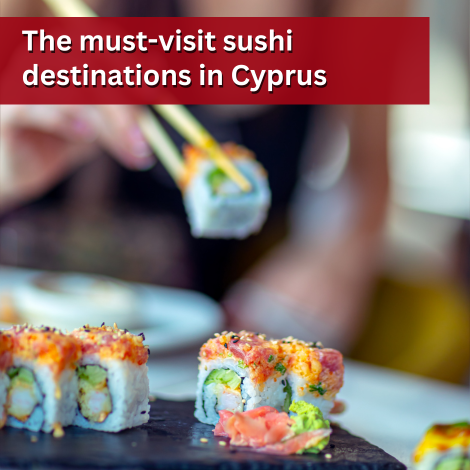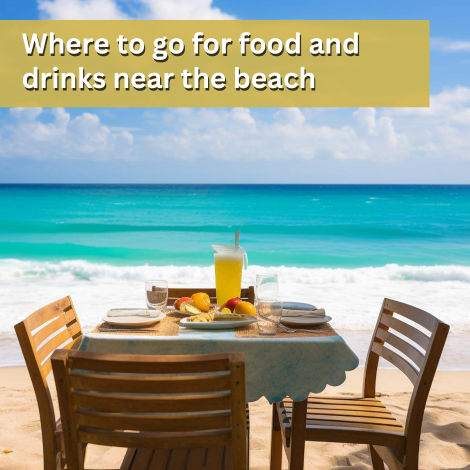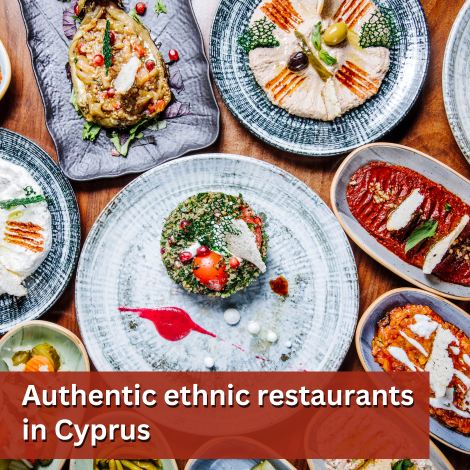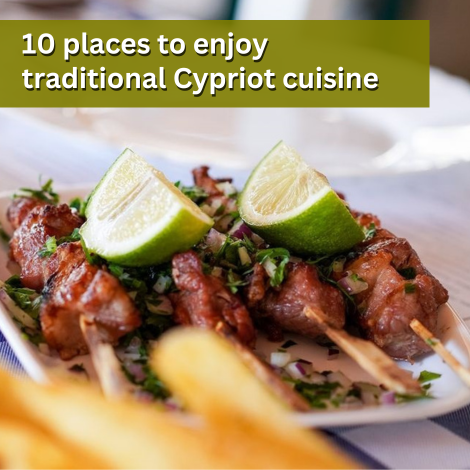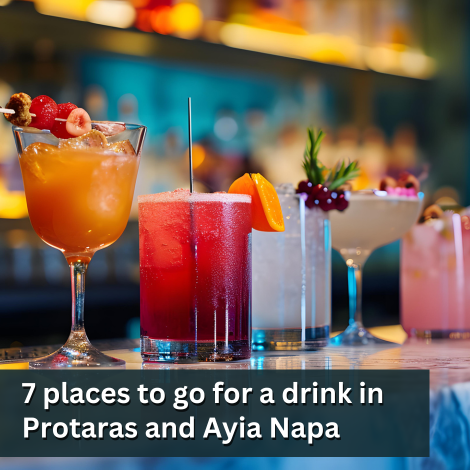Old Limassol: the “mother of fish” that became a marina.
Little stories that awaken images and memories
Limassol of the 1970s and 1980s woke up with salt on its lips. At the Old Port, where today boutiques, cafés and a modern marina spread out, back then you could hear wood creaking, engines purring softly, and seagulls fighting above the crates. This port had been built during the years of the British administration, in the 1950s, as a supplement to Famagusta—and for about twenty years it became the lifeblood of the city.
In 1974 the “New Port” came into full operation and the balance shifted: the large cargo loadings and unloadings moved west and the old pier grew smaller; what remained were the fishing boats, the Coast Guard boats, the leisure boats and—above all—the fishermen. Since then, the Old Port has kept the role of a refuge; a small, sheltered bay for the sea of stories.
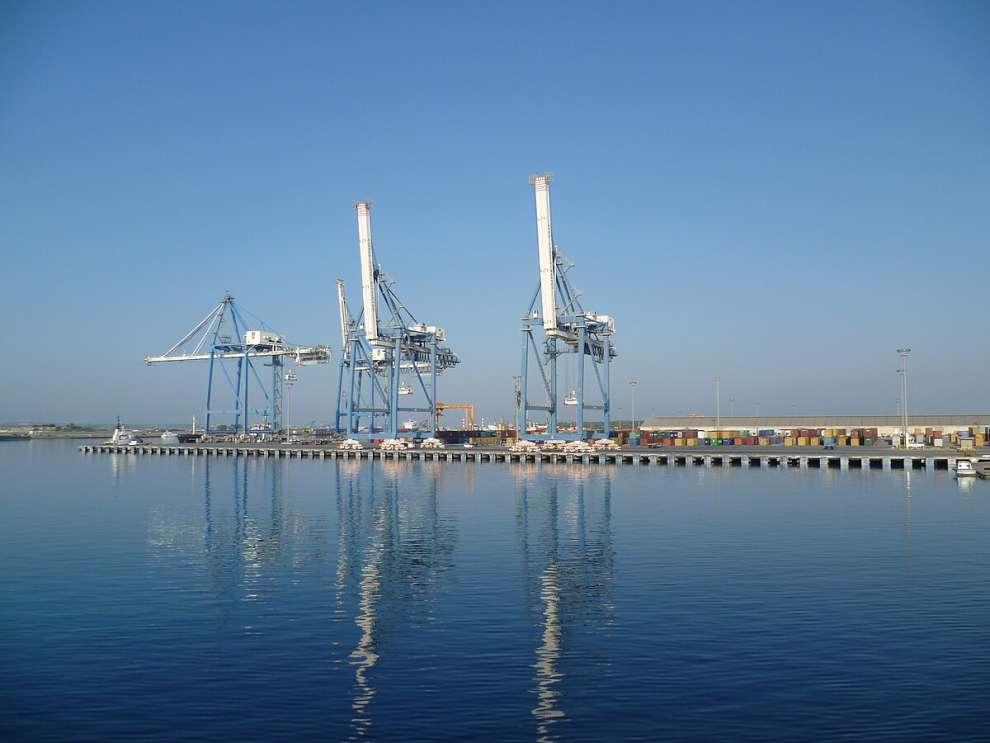
In the early 2010s the great redevelopment began: wooden walkways, glass façades, squares and a new face for the seaside heart of the city. The works ran from 2010 to 2014—and next to them the Limassol Marina was born, officially opening in June 2014, bringing superyachts and a new elegant world upon the old nautical imprint.
And yet, beneath the shiny new surface, the rhythm of the old still beats. The city had already reconnected with the sea through the works on the Molos, and the Old Port—renewed—became once again a meeting point. It still remains a shelter for fishing and small boats, a place that balances memory with the present.
The catches: longlines, nets and a moon for a lantern
The old ones remember: “The boat, our trechantíri, smelled of tar and pine. We went out before dawn. If there was a moon, you said it was enough for a lantern.” Nights were for the longline—thousands of hooks baited with sardine or cuttlefish—and dawns for the nets: gri-gri for the shoals, kathetes for the bottom fish, sometimes small trawls for the shallows. A good day could be seen from the wind: a south wind to lift the surface fish, but not to raise waves that would cut the work short.
On the way back, entering the Old Port had its own rule: engine off, small momentum and eyes meeting the others—no one wanted scratches on the docks and shouting amid the fatigue. On the pier, first action: ice. The metal barrels whitened and the air filled with cold salt.
Unloadings and crates: the small ritual
The unloading was a ritual. Crates stacked—sea bream, horse mackerel, red mullet, snappers—and the foreman with the chalk marking quickly the name of the boat and the weight. The fishermen wore rubber boots and those faded jackets that always carried a smell of diesel and brine. Children around—the kids of the port—waited “to catch a small one” for their mother’s frying pan.
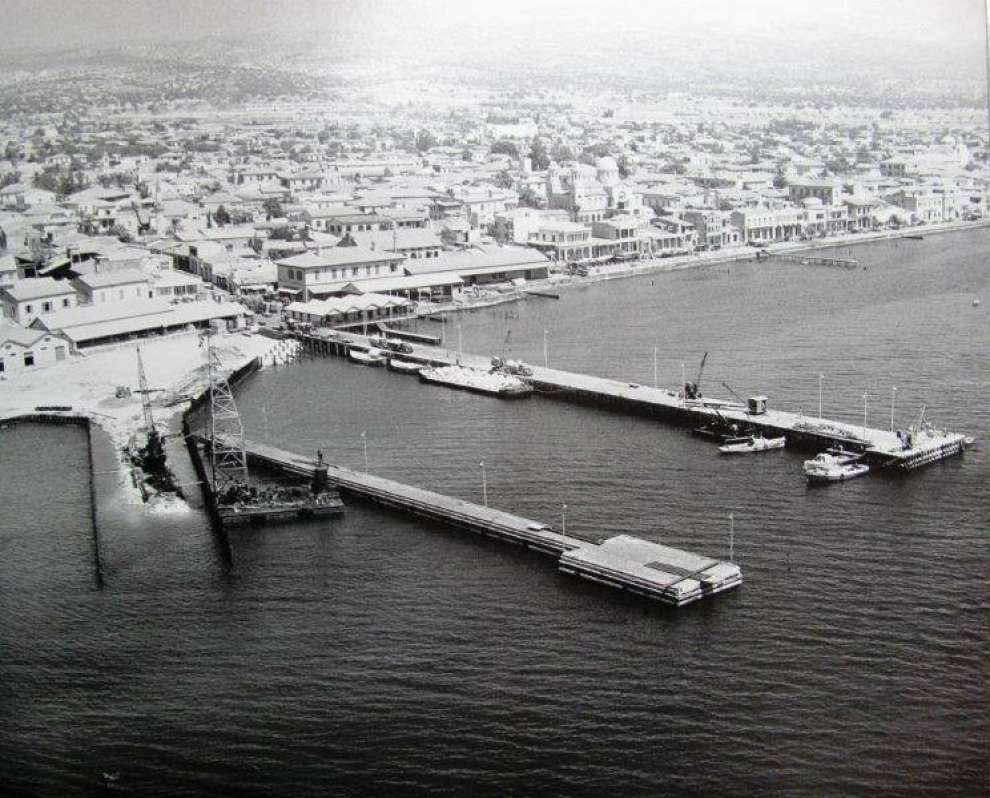
The market: “Fresh fish, just caught!”
Limassol had its daily routine. As soon as the boats tied up, tables came out, scales were placed, and the shouting began: “Fresh! Fresh, just caught!” The housewives knew what to look for: clear eye, red gills, firm flesh. Some came straight from the office, with shirt and briefcase, to “reserve” two sea breams. It was the joy of immediacy—sea, net, crate, home.
Oral testimonies of the time
Note: The following are a synthesis of narratives from old Limassol fishermen of the 1970s–1980s, as preserved in local memories and oral histories.
— Giorgos, “Mavrogenis,” 74 years old today:
“I grew up at the port. First hook, 1965. Back then, in the morning you were at sea, at night you were mending nets. The longlines we laid under the light of the kerosene lamp. If you heard dolphins, you smiled—it meant there was life. The worst was the calm: it seems easy, but it’s betrayal; the fish don’t rise.”
— Michalis, captain of a trechantíri:
“The unloading was a whole celebration. People came, chatted, asked ‘what’s there today?’. We gave a few red mullets to the kid waiting. And you know? The smaller the boat, the greater the pride—because everything was done by hand.”
— Maria, daughter of a fisherman:
“I remember my mother saying: ‘Pour lemon, Maria, so the sea comes home.’ And that’s how it was: the city smelled of fish in the mornings. My father came back with salt on his eyebrows and always said: ‘If you want to save the catch, share it.’”
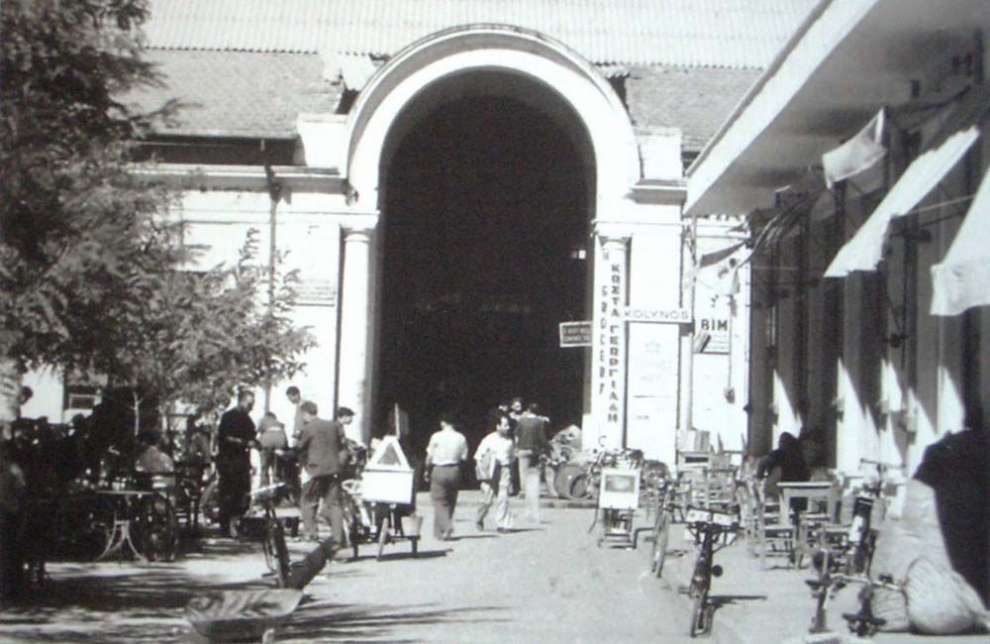
Today, next to the fishing boats, yachts of many meters are moored. The Limassol Marina—a project that changed the character of the area, giving new life to tourism and recreation—stood upon the mixture of memory and sea of the city. Together with the redevelopment of the Old Port, the coastal zone once again became an extension of Limassolians’ daily life. The Old Port was built in the 1950s; in 1974 the New Port began operation and the role of the old one was limited to fishing/recreation. Between 2010–2014 the redevelopment of the Old Port area was completed, while the Limassol Marina officially opened in June 2014. Together with the interventions at the Molos (Akti Olympion), the city once again grasped its old maritime identity.
And if you search today for the “old,” you will find it in the morning loads of ice, in an aging trechantíri that persists, in the hands that sew nets in a corner. The sea does not change quickly; only its shores do.

 English
English
 Ελληνικά
Ελληνικά Русский
Русский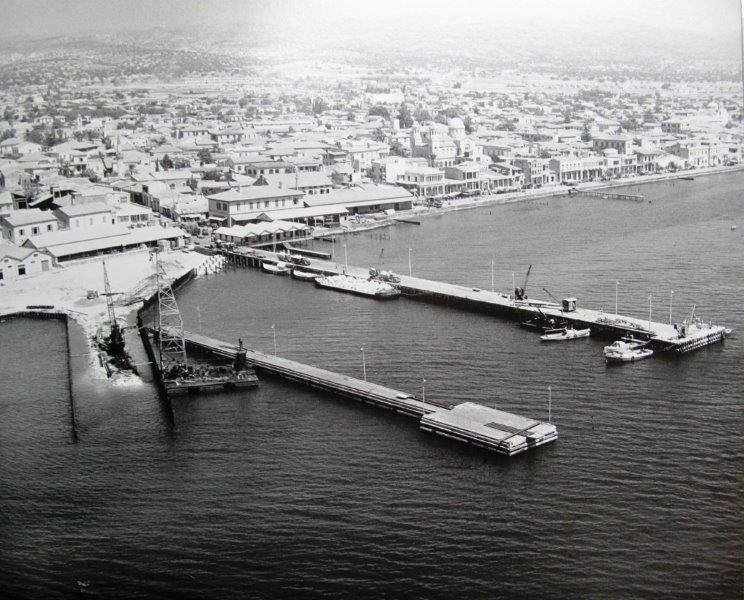
 Posted by
Michalis Venetsianos
Posted by
Michalis Venetsianos

